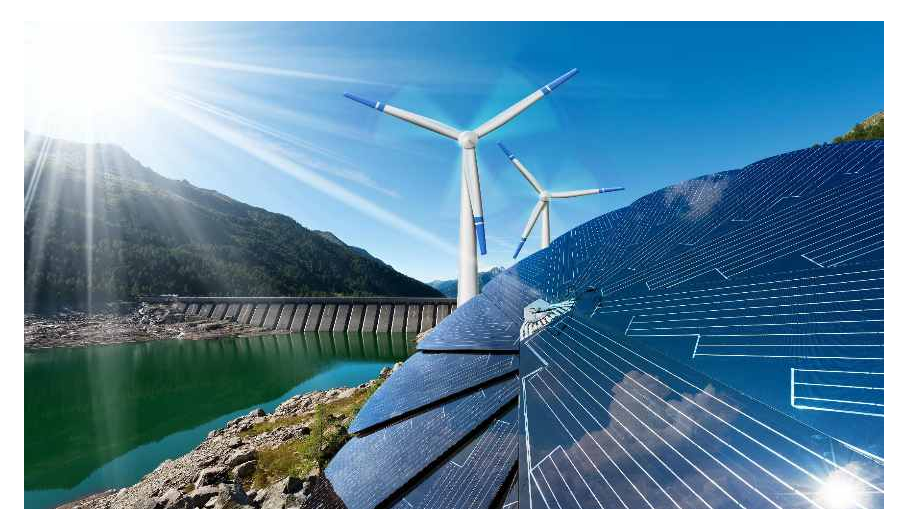The current Covid-19 pandemic is above all a global health crisis. As of the 28th of April, there were 3 million confirmed cases and over 200 000 deaths due to the illness. As a consequence of the efforts to slow the spread of the virus, the share of energy use that was exposed to containment measures jumped from 5% in mid-March to 50% in mid-April. Several European countries and the United States have announced that they expect to reopen parts of the economy in May, so April may be the hardest hit month.
According to the Global Energy Review 2020 by the International Energy Agency (IEA) Beyond the immediate impact on health, the current crisis has major implications for global economies, energy use and CO2 emissions. The agency’s analysis of daily data through mid-April shows that countries in full lockdown are experiencing an average 25% decline in energy demand per week and countries in partial lockdown an average 18% decline. Daily data collected for 30 countries until 14 April, representing over two-thirds of global energy demand, show that demand depression depends on duration and stringency of lockdowns.
Global energy demand declined by 3.8% in the first quarter of 2020, with most of the impact felt in March as confinement measures were enforced in Europe, North America and elsewhere. Global coal demand was hit the hardest, falling by almost 8% compared with the first quarter of 2019. Three reasons converged to explain this drop. China – a coal-based economy – was the country the hardest hit by Covid‑19 in the first quarter; cheap gas and continued growth in renewables elsewhere challenged coal; and mild weather also capped coal use.
Oil demand was also hit strongly, down nearly 5% in the first quarter, mostly by curtailment in mobility and aviation, which account for nearly 60% of global oil demand. By the end of March, global road transport activity was almost 50% below the 2019 average and aviation 60% below. The impact of the pandemic on gas demand was more moderate, at around 2%, as gas-based economies were not strongly affected in the first quarter of 2020.
Electricity demand has been significantly reduced as a result of lockdown measures, with knock-on effects on the power mix. Electricity demand has been depressed by 20% or more during periods of full lockdown in several countries, as upticks for residential demand are far outweighed by reductions in commercial and industrial operations.
Also Read: Wind Power’s role in SA’s economic recovery post-Covid-19 pandemic
A surge in Renewable energy
According to the report renewable energy is the only source that posted a growth in demand, driven by larger installed capacity and priority dispatch. For weeks, the shape of electricity demand resembled that of a prolonged Sunday. Demand reductions have lifted the share of renewable energy in the electricity supply, as their output is largely unaffected by demand. Demand fell for all other sources of electricity, including coal, gas and nuclear power.
Demand for renewable energy is expected to increase even more because of low operating costs and preferential access to many power systems. Recent growth in capacity, some new projects coming online in 2020, would also boost output.

